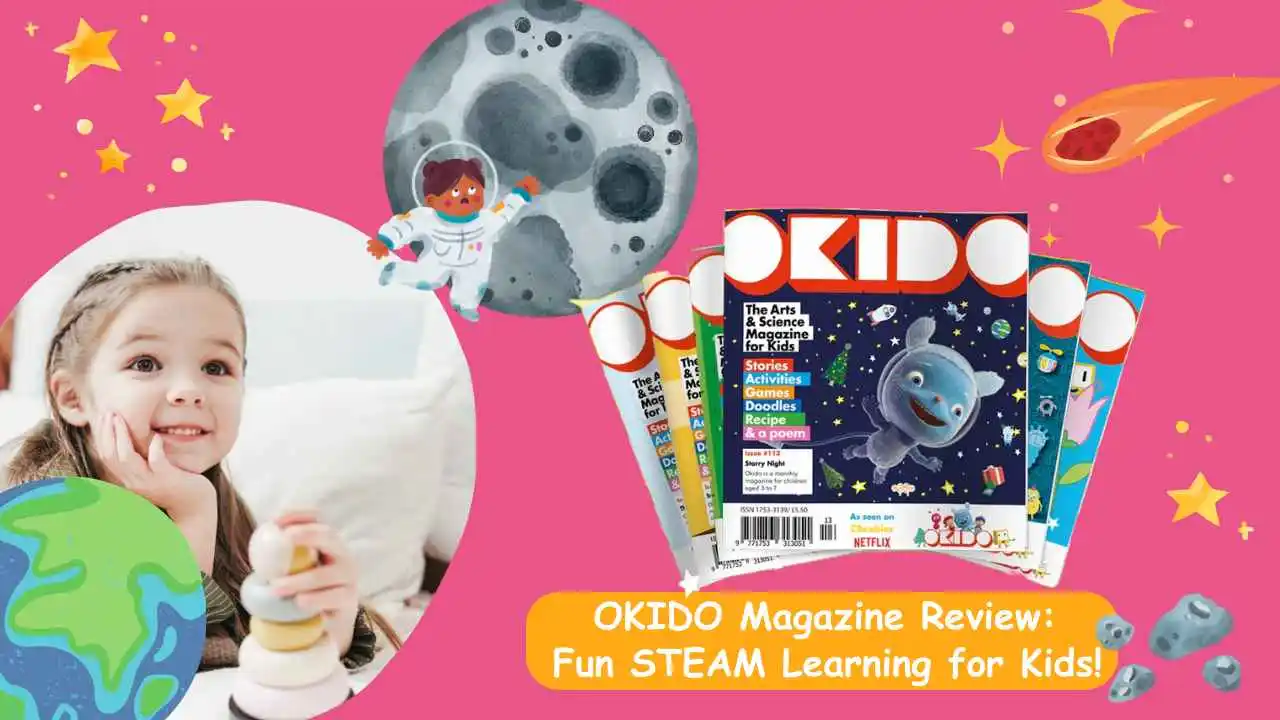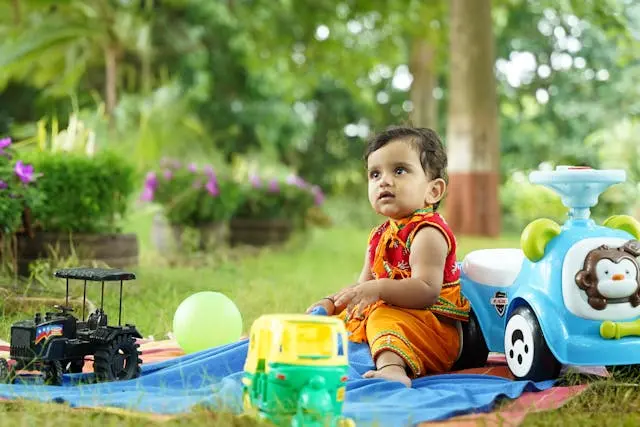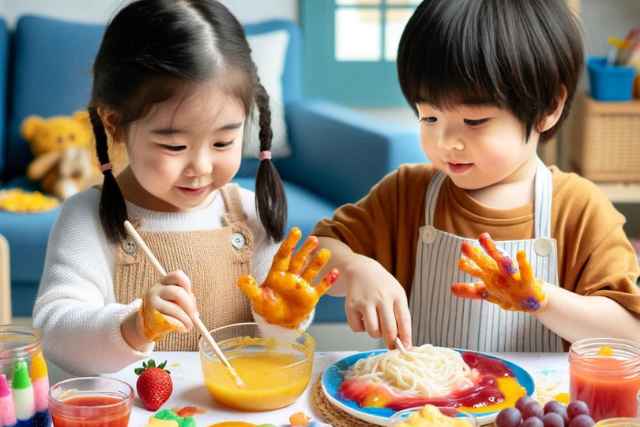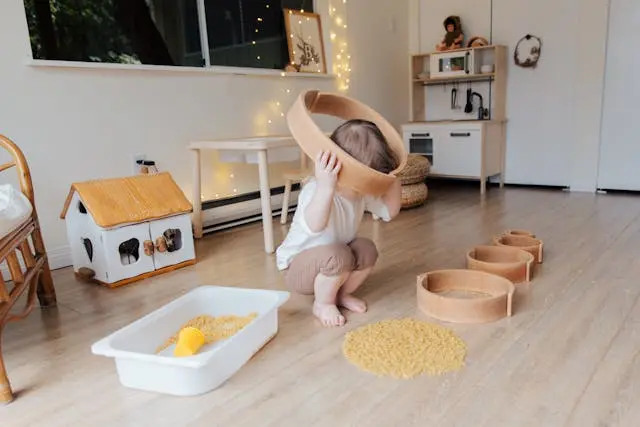A Review of OKIDO Magazine: A Must-Have for Your Little Science Enthusiast
We recently reviewed OKIDO magazine, and I’m excited to share my thoughts as both an educator and a parent. For those seeking a fun and educational resource for young children, OKIDO is a British magazine that focuses on STEAM learning—Science, Technology, Engineering, Arts, and Mathematics—for children aged 3 to 7. Combining engaging visuals with interactive activities, OKIDO makes it easier for parents and educators to introduce young learners to complex concepts in a simple, playful way.
What Makes OKIDO Special?
Okido magazine is designed by experts in education and science, making it a fantastic resource for introducing complex scientific concepts to young children in a simple, engaging way. From its beautiful illustrations to its interactive content, this magazine stands out as an excellent educational tool for both parents and teachers.
The first thing that caught my attention was how the magazine presented Messy, a friendly blue monster who served as the main character. Messy’s presence makes each page feel inviting and approachable. Even children with minimal reading skills can follow along, as the illustrations are vivid and clear, allowing them to understand the themes of each issue through visuals alone.
For instance, the issue on kitchen science features images of Messy cooking, giving children a visual context of the topic. This helps even 3-year-olds grasp the theme without having to read long texts, which is fantastic for emergent readers.
Content That Caters to Different Learning Styles
One of OKIDO’s biggest strengths is how it caters to different learning styles. As an educator, I know how important it is to provide a variety of activities that can engage children in multiple ways. Every issue of the magazine offers a mix of stories, games, recipes, songs, and doodling activities. This variety ensures that no matter how your child learns—whether through reading, hands-on activities, or visual storytelling—OKIDO has something for them.
For example, one of the stories about plants includes hands-on activities like planting seeds and learning how to care for them. This practical approach is especially valuable for tactile learners who thrive when they can physically interact with the concepts they are learning.
The magazine also promotes curiosity and independent thinking. There’s a story about the life of a cherry, and it’s filled with questions to spark a conversation between parent and child. By encouraging children to ask questions, the magazine fosters a love for learning and critical thinking.
A Well-Rounded Approach to STEAM Learning
What sets OKIDO apart is its dedication to STEAM learning. The magazine masterfully integrates Science, Technology, Engineering, Art, and Mathematics in an age-appropriate way that resonates with young children. While the core focus is on science and art, the magazine also touches on math and language skills in a way that feels organic and seamless. Each activity, whether it’s reading a story or doing a kitchen science experiment, integrates multiple disciplines, which is perfect for young children who are still developing their understanding of how different subjects are connected.
Additionally, I found the magazine to be culturally inclusive, which is important in today’s diverse educational landscape. Despite being a British publication, OKIDO avoids using regional slang, making it easy for children worldwide to understand. This inclusive approach makes the magazine accessible to children from all backgrounds, whether they’re native English speakers or not.
Hands-On Activities and Sustainability
One of the highlights for me, as both a teacher and a mom, is the magazine’s hands-on activities. In one issue, the magazine provides instructions for making compost at home. We tried this activity in our classroom, and it was a hit! The children were amazed to see the compost grow, even in less-than-ideal lighting. These practical, at-home science experiments make learning science fun and accessible.
Also worth mentioning is OKIDO’s commitment to sustainability. The magazine is printed on recycled paper, which gives the pages a unique hue. While I typically prefer white colouring pages for better colour contrast, I appreciate the eco-friendly approach. It’s a great way to teach children about sustainability in a real-world context.
Activities That Bring Families Together
What I truly love about OKIDO is how it creates opportunities for parents and children to engage in learning together. Whether it’s cooking a recipe from the kitchen science issue or making a cosmic jar from the space issue, the activities are designed to be collaborative. This not only enhances the learning experience but also strengthens the bond between parent and child as they explore new concepts together.
For example, even though the space issue may be a little complex for younger children, the vivid pictures and engaging stories allow parents to introduce the topic at a comfortable pace. And when children ask questions that aren’t covered in the magazine, it opens the door to further exploration—an opportunity for families to learn together.
Final Thoughts
In conclusion, OKIDO magazine is a wonderful tool for teaching young children about science, art, and more. It’s more than just a magazine—it’s an interactive learning experience that caters to children’s diverse learning styles and curiosity. As a preschool educator and a mother, I highly recommend it to anyone looking to make learning fun and engaging for their little ones.
If you want to spark your child’s love for science while enjoying quality time together, I encourage you to check out OKIDO. You won’t regret it!
Hop on over to their website and give it a try—just like I did!









